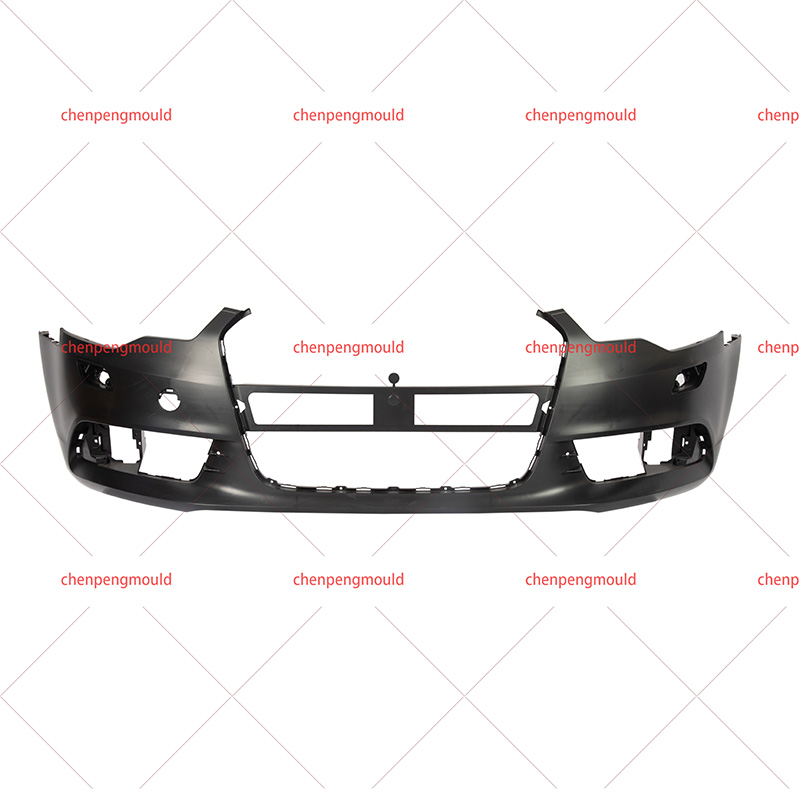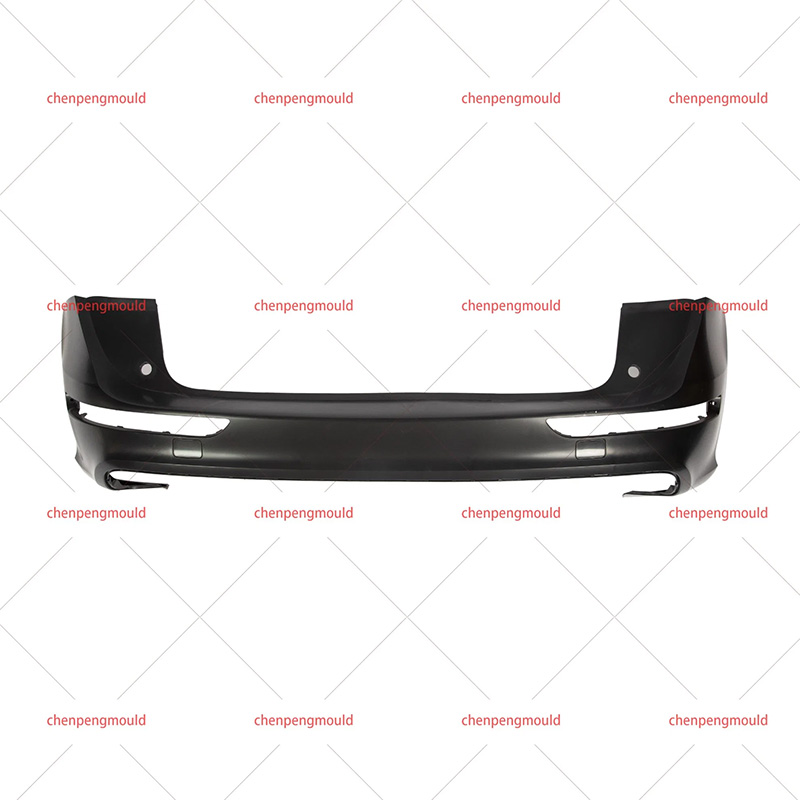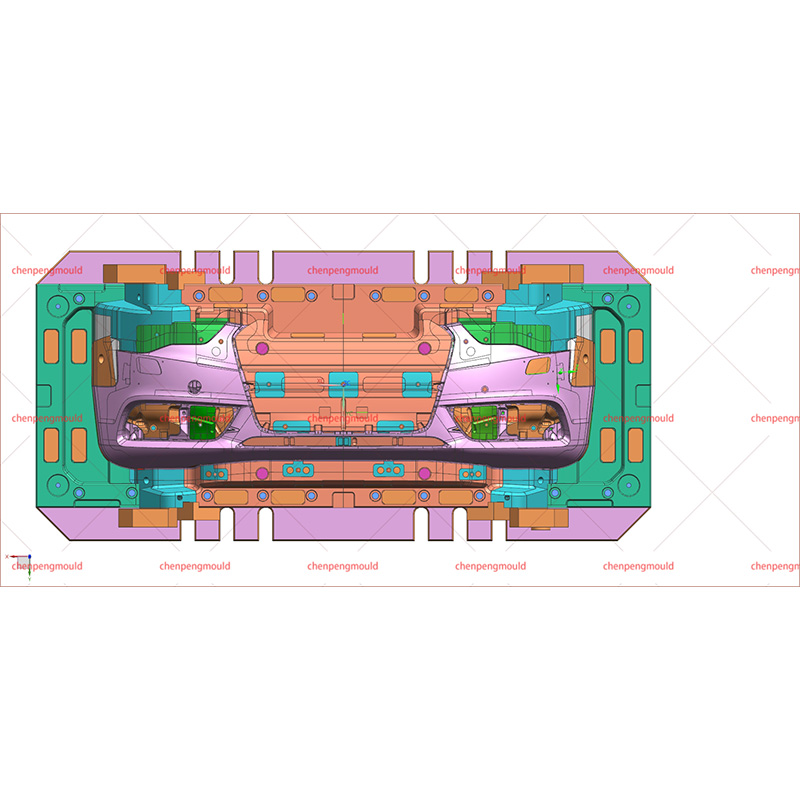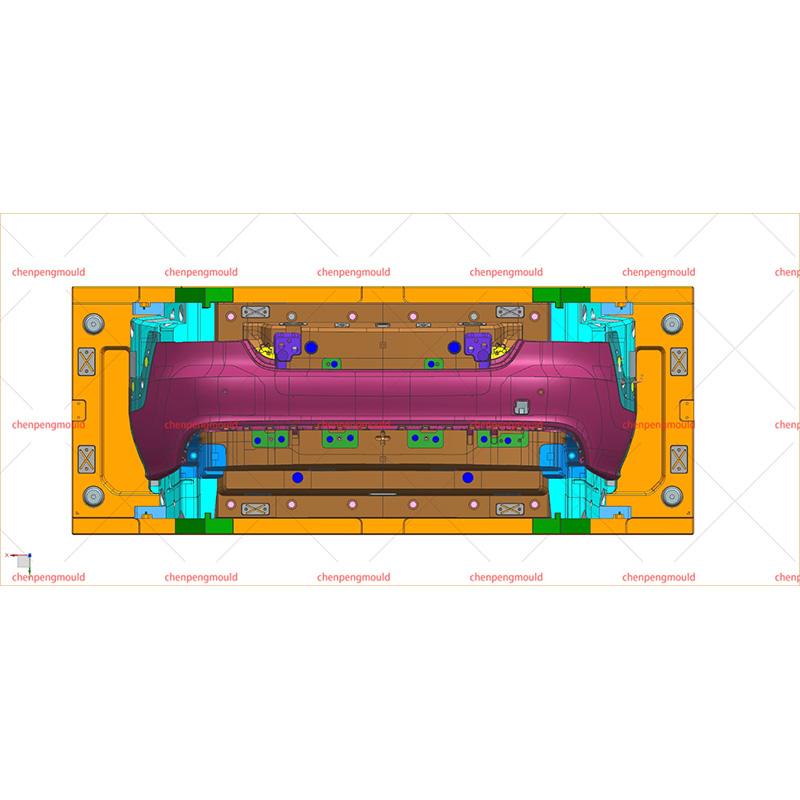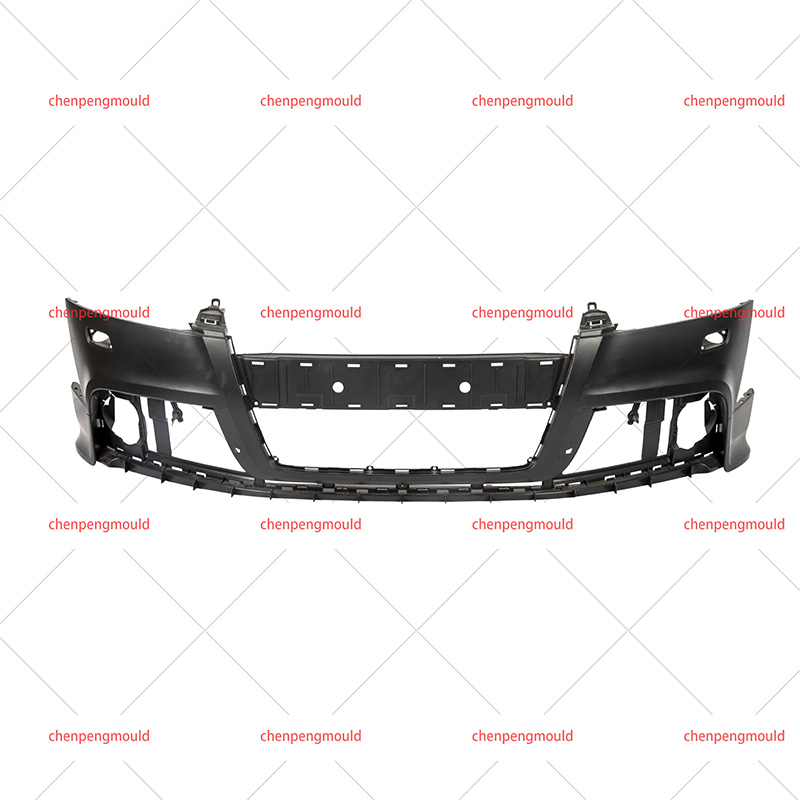Front Bumper Molding Manufacturer Supplier Company in China
The front bumper of a vehicle is one of the crucial components when it comes to safety, aesthetics, and functionality. Over the years, the technology and materials used in the production of front bumper molding have seen significant advancements. These improvements have not only enhanced the durability and impact resistance of bumpers but have also contributed to better fuel efficiency, reduced weight, and improved environmental sustainability.
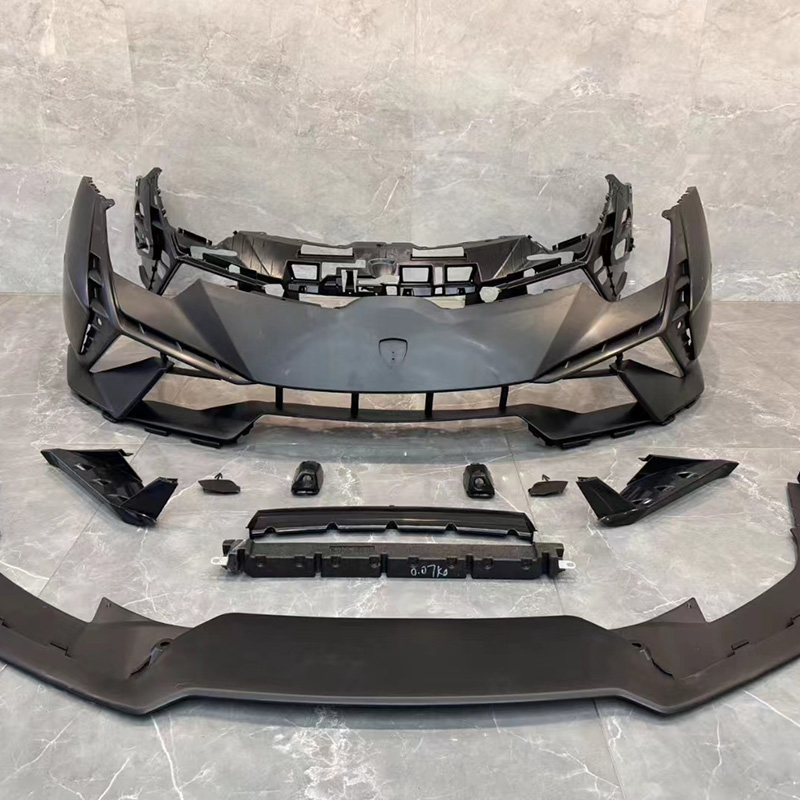
One of the significant improvements in front bumper molding is the development of new materials that combine strength with lighter weight. Historically, bumpers were made from metals such as steel or aluminum, which, while strong, were relatively heavy. Over the past few decades, manufacturers have increasingly turned to composite materials and plastics to produce front bumpers. These materials offer a number of advantages, including reduced weight, which translates into improved fuel efficiency and reduced CO2 emissions.
Polypropylene and Thermoplastic Olefins (TPOs): These materials have become the go-to options for front bumper molding. Polypropylene, a type of plastic, is lightweight, cost-effective, and resistant to impacts, while TPOs are a blend of polypropylene and rubber that provide even more flexibility and durability. These thermoplastics offer better energy absorption during collisions, reducing damage to both the bumper and the vehicle frame.
Carbon Fiber Composites: For high-end performance vehicles, carbon fiber composites have seen increased use in front bumper molding. Carbon fiber is much lighter than metal while providing exceptional strength and impact resistance. Although it is still more expensive than traditional plastic materials, its use in the automotive industry is expected to grow as manufacturers focus on reducing the weight of their vehicles to improve performance and fuel efficiency.
Bio-based Plastics: As the automotive industry moves toward greater sustainability, bio-based plastics are becoming more popular in bumper manufacturing. These plastics, derived from renewable resources such as corn or sugarcane, reduce the carbon footprint of vehicle production. In addition to being environmentally friendly, bio-based plastics are often lightweight, strong, and easy to mold, making them suitable for automotive applications.
One of the primary functions of the front bumper is to protect the vehicle's occupants and important components in the event of a collision. Over time, manufacturers have worked to improve the impact resistance of bumpers to make them more effective in damage during accidents.
Energy-Absorbing Structures: Modern bumpers are designed with energy-absorbing structures that help dissipate the force of a collision. These structures often include materials like expanded polypropylene (EPP) foam or honeycomb structures integrated into the bumper molding. EPP foam is lightweight, flexible, and capable of absorbing energy, which reduces the force transferred to the vehicle during a collision. Similarly, honeycomb structures offer a high strength-to-weight ratio, allowing them to absorb large amounts of impact energy while keeping the bumper lightweight.
Active Bumper Systems: In recent years, active bumper systems have been developed, which use sensors and actuators to deploy additional protection in the event of an impact. These systems can adjust the stiffness of the bumper in real-time depending on the severity of the collision, offering enhanced protection for both pedestrians and passengers. This technology is still in its early stages but is expected to become more common in the future as advanced safety systems become standard in vehicles.

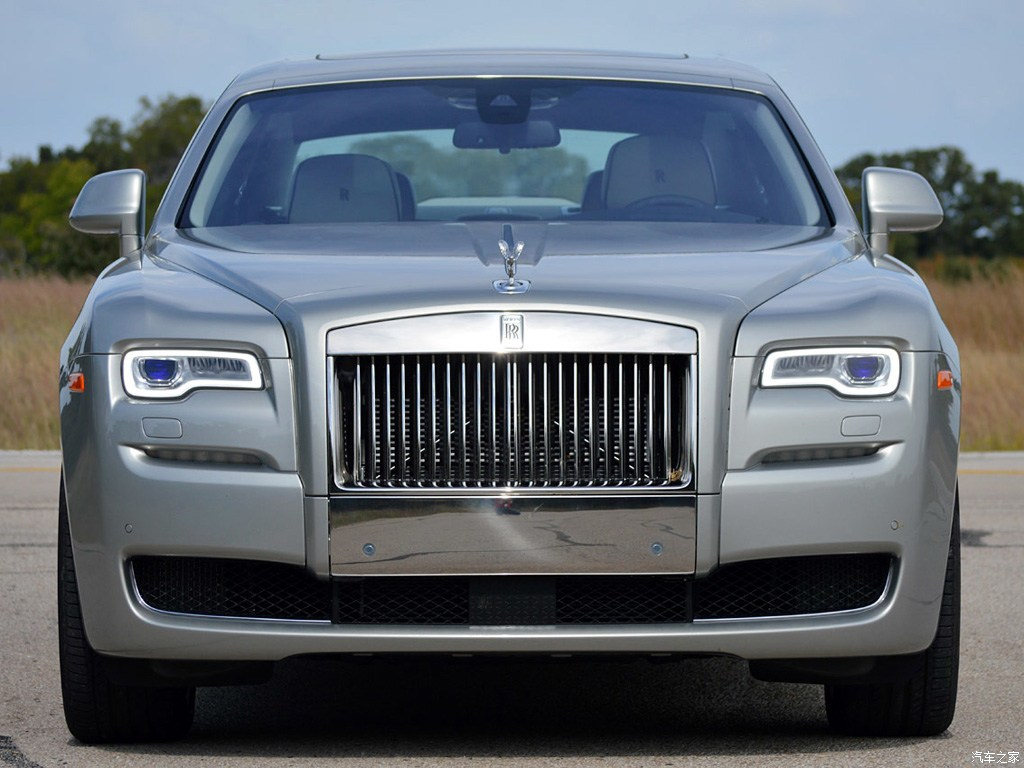
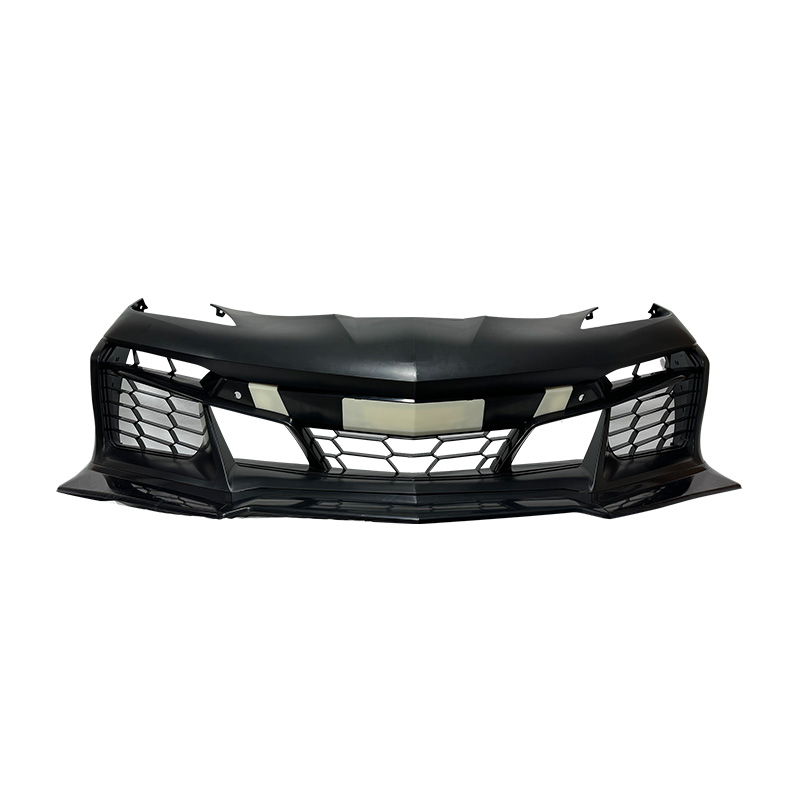

 +86-18357617666
+86-18357617666
